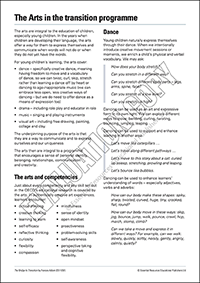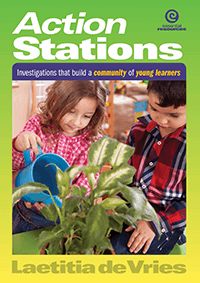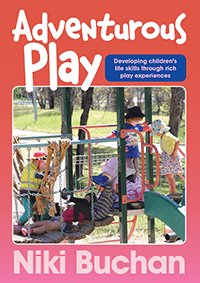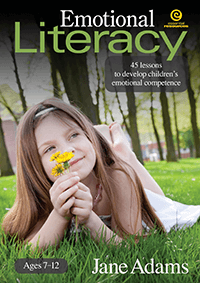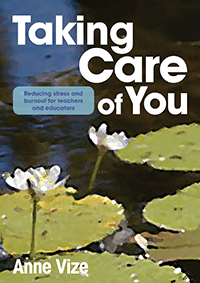
The Bridge to Transition
A framework for designing a robust programme that transitions students to primary school
The Bridge to Transition systematically describes the key concepts that underpin a successful transition programme, including talk, literacy, numeracy, executive functions, social and physical skills, and wellbeing. Through a series of reflective questions, it guides teachers to connect these areas to their own curriculum documents and the needs of their children.
Yet it's so much more than a guide to how and what to teach children in the transition years. Working like an interactive journal, it challenges and inspires teachers to constantly question the why of everything they are doing. Its outcome will see innovative teams of teachers creating the best possible transition programme for their unique students and community.
|
AUD incl GST
|
Add to cart | |
| or more | each |
